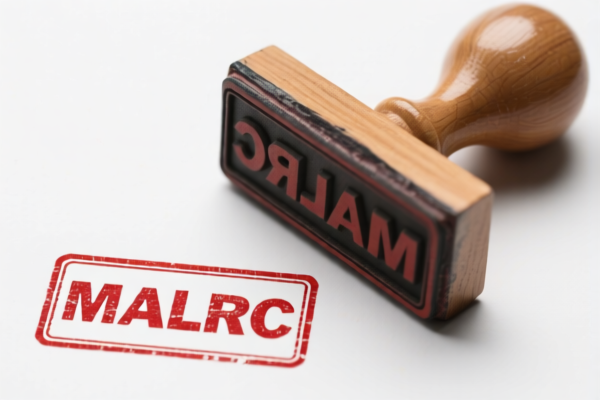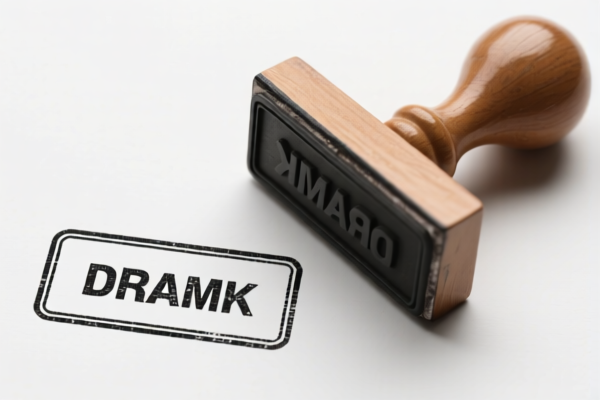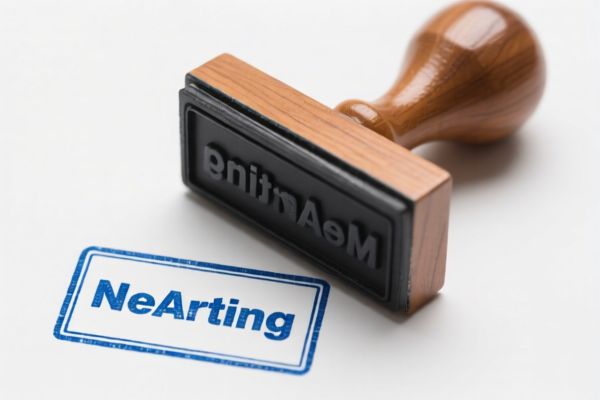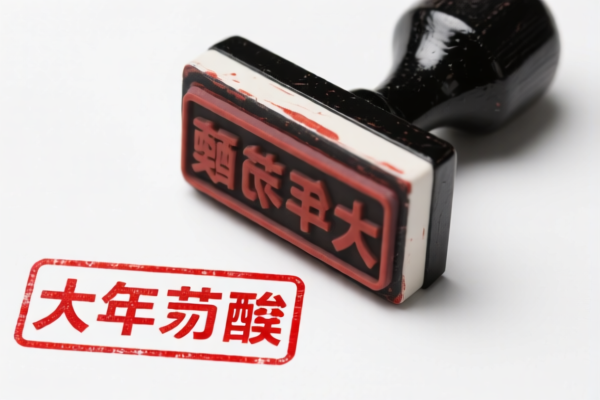| HS Code | Official Doc | Tariff Rate | Origin | Destination | Effective Date |
|---|---|---|---|---|---|
| 8443193000 | Doc | 55.0% | CN | US | 2025-05-12 |
| 8443992510 | Doc | 37.5% | CN | US | 2025-05-12 |
| 8442501000 | Doc | 55.0% | CN | US | 2025-05-12 |
| 8442509000 | Doc | 37.5% | CN | US | 2025-05-12 |
| 8517690000 | Doc | 55.0% | CN | US | 2025-05-12 |
| 8517620090 | Doc | 20.0% | CN | US | 2025-05-12 |
| 4907000000 | Doc | 37.5% | CN | US | 2025-05-12 |
| 9704000000 | Doc | 37.5% | CN | US | 2025-05-12 |
| 9611000000 | Doc | 40.2% | CN | US | 2025-05-12 |
| 3701996030 | Doc | 55.0% | CN | US | 2025-05-12 |
| 3701996060 | Doc | 55.0% | CN | US | 2025-05-12 |
| 3703903090 | Doc | 58.7% | CN | US | 2025-05-12 |
| 3703903060 | Doc | 58.7% | CN | US | 2025-05-12 |




Stamp Printing
Stamp printing encompasses a variety of techniques used to create postage stamps and other stamped impressions, historically and contemporarily. The process involves transferring an image onto a substrate, typically paper, using inked surfaces.
Materials
- Paper: Specialized stamp paper is crucial, often made from esparto grass or other long-fiber materials for durability and security features. Watermarks are frequently embedded during paper production.
- Ink: Historically, oil-based inks were common. Modern stamp printing utilizes a wider range, including gravure inks, offset inks, and specialized security inks (e.g., fluorescent, thermochromic).
- Printing Plates: The method dictates the plate material: steel, copper, or photopolymer plates are used.
- Adhesive: Backing adhesive is applied, varying in composition from natural gums to synthetic polymers.
- Substrate: While paper is standard, stamps are sometimes printed on self-adhesive materials or other specialized surfaces.
Purpose
The primary purpose is the production of postage stamps for franking mail. However, stamp printing techniques are also used for:
- Revenue Stamps: Used for taxes and fees.
- Commemorative Stamps: Issued to celebrate events or people.
- Specialty Stamps: Airmail, official mail, etc.
- Security Printing: Preventing counterfeiting through intricate designs and specialized inks.
Function
The core function is to create a reproducible image with consistent quality and security features, enabling reliable identification and validation of postage or other official markings.
Usage Scenarios
- Postal Administrations: High-volume production of definitive and commemorative stamps.
- Security Printing Companies: Production of revenue stamps, tax stamps, and other security documents.
- Philatelic Production: Limited-edition stamps for collectors.
- Custom Stamp Creation: Small-scale production for businesses or individuals.
Common Types
- Engraving (Steel Engraving): A traditional method where an image is cut into a steel plate, then inked and pressed onto paper. Known for its detail and durability. Often used for early stamps.
- Lithography: Uses a flat stone or plate where the image is chemically treated to repel ink in certain areas. Allows for more complex designs and shading.
- Gravure Printing (Intaglio): An image is etched into a cylinder, filled with ink, and transferred to paper under high pressure. Produces high-quality, detailed prints with a raised texture.
- Offset Lithography: A more modern method using a rubber blanket to transfer the image from a plate to paper. Cost-effective for large print runs.
- Photogravure: Uses photographic images to create the printing plates. Allows for reproduction of photographs and complex artwork.
- Flexography: Uses flexible printing plates, typically made of rubber, and is suitable for printing on a variety of substrates.
- Digital Printing: Uses inkjet or laser technology to directly print the image onto paper. Suitable for small print runs and personalized stamps.
- Combination Printing: Often, stamps utilize multiple printing processes to achieve specific security features or aesthetic effects. For example, engraving might be used for the portrait, while lithography is used for the background.
Based on the provided information, “stamp printing” can be categorized as follows:
-
9611.00.00.00: Date, sealing or numbering stamps and the like, (including devices for printing or embossing labels), designed for operating in the hand; hand-operated composing sticks and hand printing sets incorporating such composing sticks.
- 96: Miscellaneous manufactured articles. This chapter covers a wide range of products not specifically classified elsewhere.
- 11: This heading specifically covers stamps, sealing devices, and related hand-operated printing equipment.
- 00: This subheading indicates the general category of date, sealing, or numbering stamps.
-
8443.19.30.00: Printing machinery used for printing by means of plates, cylinders and other printing components of heading 8442: Other: Other.
- 84: Nuclear reactors, boilers, machinery and mechanical appliances; parts thereof. This chapter covers a broad range of machinery.
- 43: This heading specifically covers printing machinery.
- 19: Other printing machinery.
- 30: Further specifies "Other" within the category of printing machinery.
-
9704.00.00.00: Postage or revenue stamps, stamp-postmarks, first-day covers, postal stationery (stamped paper) and the like, used or unused, other than those of heading 4907.
- 97: Miscellaneous manufactured articles. This chapter covers a wide range of products not specifically classified elsewhere.
- 04: This heading specifically covers postage or revenue stamps and related items.
- 00: This subheading indicates the general category of postage or revenue stamps.
According to the provided reference material, the HS code options related to 'stamp printing' are limited, with only the following 3 found.
Customer Reviews
No reviews yet.